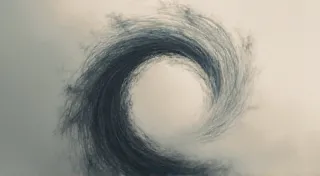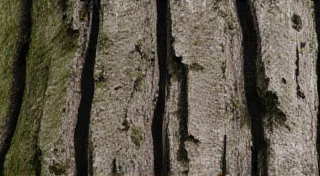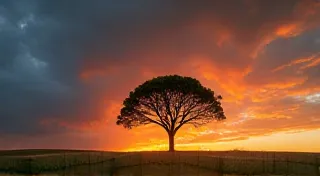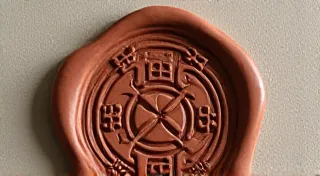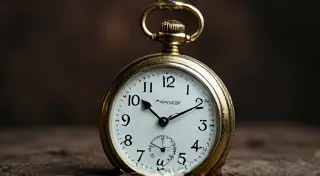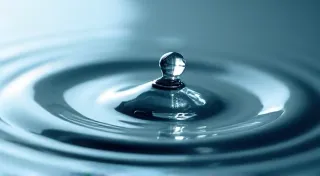The Vessel’s Voice: Allowing the Bottle’s Form to Dictate the Design
There's a quiet poetry in old bottles. Not the poetry of words, but of presence – a history held captive within curved glass, a silent witness to lives lived, moments passed, and industries born. I remember as a child, rummaging through my grandfather’s attic, a dusty haven of forgotten treasures. Amongst moth-eaten blankets and yellowed photographs, I discovered a box overflowing with antique bottles. Each one felt substantial in my small hands, a tangible connection to a past I could only imagine. He collected them, not as mere objects, but as vessels echoing stories. My grandfather wasn't an artist in the traditional sense, but he understood the inherent beauty, the *voice* of these old forms. That lesson, that quiet reverence for the object itself, remains the cornerstone of my approach to reverse glass etching.
When we approach reverse glass etching, particularly when working with antique bottles, it’s easy to fall into the trap of imposing our vision upon them. We have an idea in our minds: a floral motif, a stylized landscape, a clever inscription. But what if, instead of asking "What do I want to put *on* this bottle?", we asked "What does this bottle *want* to be?" The answer, of course, lies in the form itself.
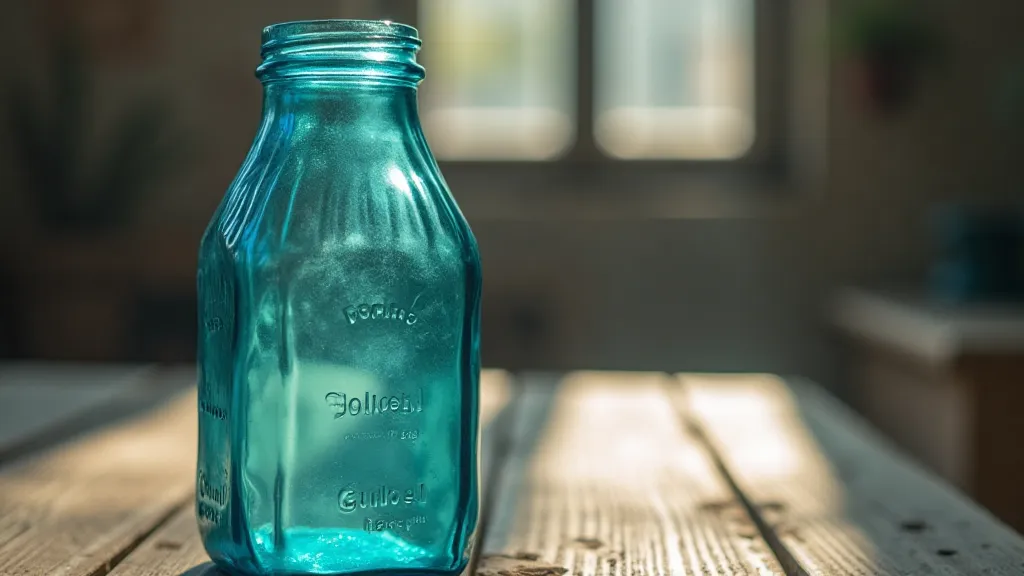
The Shape Speaks Volumes
Consider the graceful curves of a Queen Anne bottle, its shoulders swelling with a confident elegance. Or the utilitarian straight lines of a soda bottle, a testament to the industrial age. The shape itself dictates the potential narrative. A squat, round bottle might lend itself to playful, swirling designs, while a tall, slender bottle begs for a vertical composition that emphasizes its height. Don’t fight the form; embrace it. Think of it like a sculptor approaching a block of stone – the form is already there, waiting to be revealed. Reverse glass etching becomes a process of gentle uncovering, of coaxing the bottle’s inherent character to the surface. Sometimes, the most compelling designs aren’t grand or intricate; they're subtle expressions that highlight the bottle's existing charm. The idea of capturing transience and the delicate beauty of fleeting moments resonates strongly with this philosophy, much like the techniques used in Ephemeral Bloom: Capturing Transience in Reverse Glass Etching – seeking to reveal the essence of the vessel rather than impose a foreign aesthetic.
I'm often asked about my design process, and I always return to this point. It’s less about creation and more about listening. I spend time simply observing the bottle – rotating it in the light, feeling its texture, noticing the imperfections, the bubbles trapped within the glass, the subtle variations in color. These aren’t flaws; they're fingerprints of history, evidence of the human hand that shaped them. A small chip on the lip, a slight warp in the glass – these details add to the bottle’s personality, and they should inform the design. For instance, a design that flows around and incorporates a chip on the lip can highlight its presence rather than concealing it, turning a perceived imperfection into a focal point of interest. The interplay of light and shadow in these designs can be truly mesmerizing, allowing the bottle’s story to unfold with each viewing.
Beyond the Surface: Understanding the Bottle's History
The true depth of this approach comes from understanding the bottle's history. A milk bottle from the early 1900s tells a story of rural life, of farmers delivering fresh milk directly to doorsteps. A soda bottle from the burgeoning soda fountain era speaks of leisure and indulgence. Knowing the bottle’s purpose and the era it hails from can inspire designs that are both aesthetically pleasing and historically resonant. A vintage beer bottle, for example, might benefit from a design inspired by the brewery's original branding, recreated in a subtle, etched pattern. The feeling of immersion in a bygone era, almost as if exploring a Bottled Reverie: Creating Dreamlike Scenes Through Etching, where scenes seem to materialize from the glass itself, is a compelling aspect of this historical connection. The possibilities for storytelling through etched designs are virtually limitless.
I’ve always been captivated by the labels that once adorned these bottles. Often, the remnants of those faded labels provide the most exquisite inspiration. While I don’t attempt to perfectly replicate the original label – that would feel like imitation – I might use the typeface, the color palette, or the overall style as a starting point for a new design. Consider the artistry of old advertising; it was often crafted with a deep understanding of the object being promoted and the desires of the consumer. Reverse glass etching offers a chance to tap into that same spirit of craftsmanship. Thinking about the vastness of the universe and the patterns within it often fuels my creativity – the concept of capturing that cosmic inspiration in glass is deeply alluring, reminiscent of Bottled Constellations: Capturing the Cosmos in Glass.
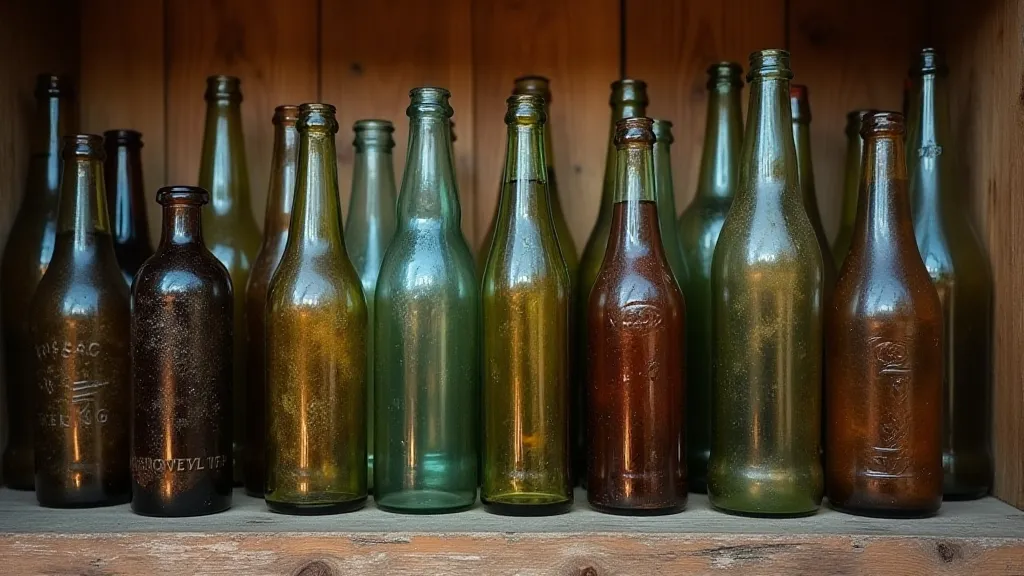
Technique as a Gentle Dialogue
The reverse glass etching process itself should be approached with a similar sensitivity. Rather than aggressively carving into the glass, I prefer a more delicate technique, using a fine-grit abrasive and a gentle, consistent pressure. The goal isn't to strip away layers of glass, but to subtly modulate the surface, creating a nuanced interplay of light and shadow. This is especially crucial when working with older bottles, which are often more fragile and prone to cracking. I find that sometimes a deep, mysterious atmosphere can be achieved – creating a sense of submerged worlds, as explored in Submerged Worlds: Evoking Underwater Landscapes Through Etching>.
Consider the difference between a rough, heavily etched design and a refined, subtly shaded one. The latter speaks of patience, skill, and a deep respect for the material. It’s not about the amount of glass removed; it’s about the quality of the result. The beauty lies in the details – the subtle variations in tone, the delicate lines, the overall impression of lightness and grace. The feel of the final product – the way it catches the light and reveals its story – is the ultimate reward for the meticulous process.
Preserving the Past, Shaping the Future
Decorating antique bottles with reverse glass etching isn't simply a craft; it's an act of preservation, a way of breathing new life into objects that might otherwise be forgotten. It’s about connecting with the past, understanding the stories these bottles hold, and shaping their future in a way that honors their heritage. It’s a dialogue with history, a way of understanding the lives of those who came before us. The fragility of glass and the passage of time are constant reminders of the preciousness of these artifacts.
My grandfather would be pleased to see how others are approaching this art form, embracing the history and the spirit of these old bottles. He believed that every object had a voice, and it was our responsibility to listen. By allowing the bottle’s form to dictate the design, we can truly unlock its potential and reveal the vessel’s voice. The challenge lies in finding the balance between respecting the bottle’s original character and adding a new layer of artistic expression. It’s a process of constant learning and refinement, a journey of discovery that never truly ends.
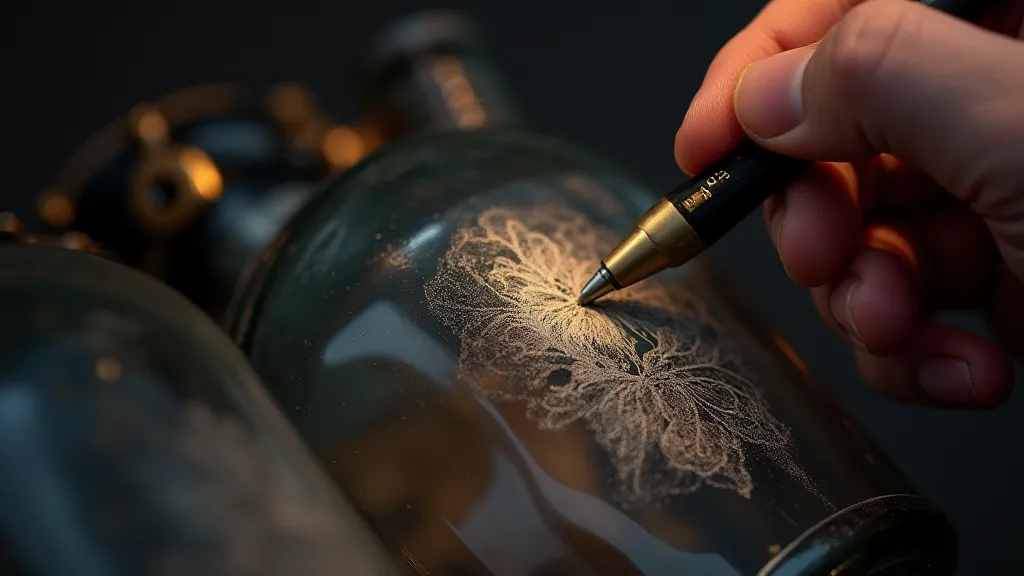
Beyond the technical skill, a deep appreciation for the aesthetics and narratives associated with antique bottles is essential. The subtle nuances of color, the imperfections in the glass, the echoes of the past – these are the elements that transform a simple craft into a truly meaningful art form. The potential to add personal markings, almost like The Alchemist's Signature: Personalizing Etched Bottles with Markings, can further enhance the bottle’s story.
